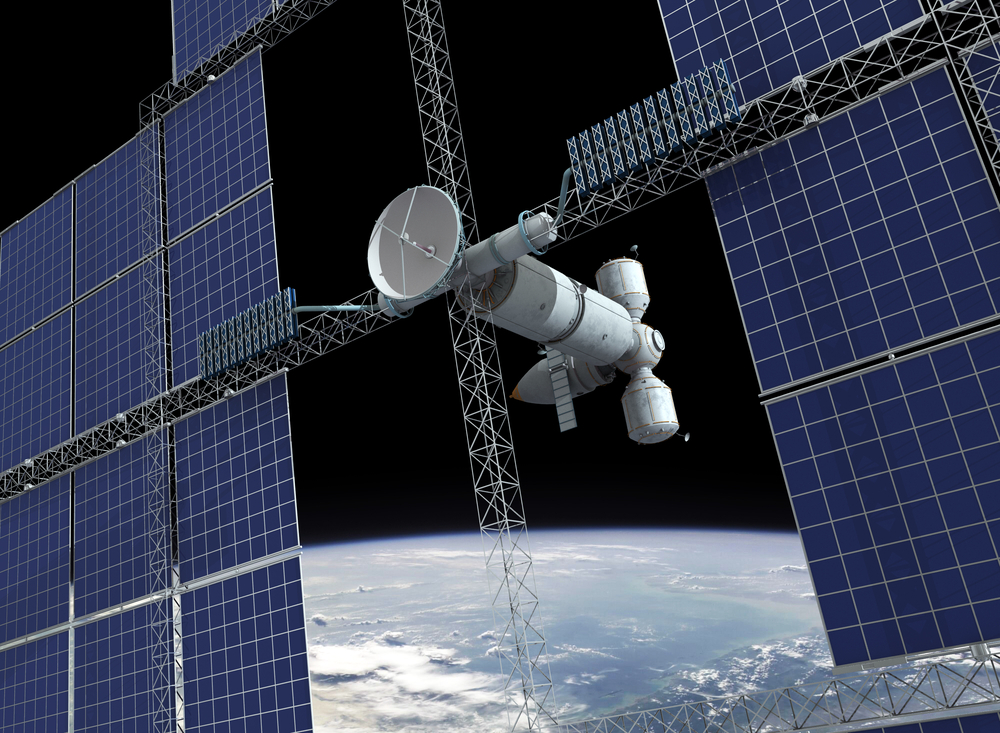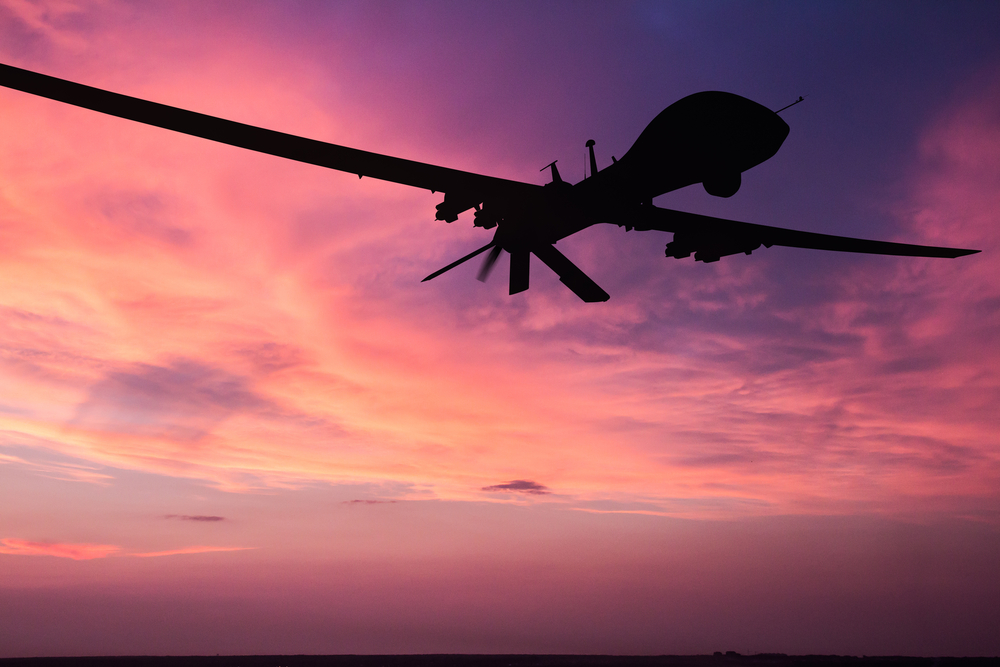Thanks to machine learning, scientists are altering what we see when we gaze through a night vision scope.
Researchers at the University of California, Irvine, employed machine learning to create a natural rainbow of hues from what you see via a night vision scope or camera. Not only may the research aid the military, but also medical technology, healthcare, and even specialized duties such as art restoration. To comprehend how the new night vision technology works, it’s necessary first to grasp human eyesight. Neural networks are computer programs that operate like that of an artificial brain. The researchers at UC Irvine predicted the visible spectrum picture using infrared photographs of three distinct wavelengths and deep learning.
After that, the neural networks were tasked with reconstructing the pictures’ hue, which was now captured using a night vision camera. Artificial neural networks will enable a slew of various scientific application undertakings. While the military is undoubtedly interested in this technology, it might also be beneficial in eye surgery and art restoration. “They have the potential to improve a clinician’s capacity to operate,” Browne said. “When applied to new technologies, they can improve the technology’s performance.”






